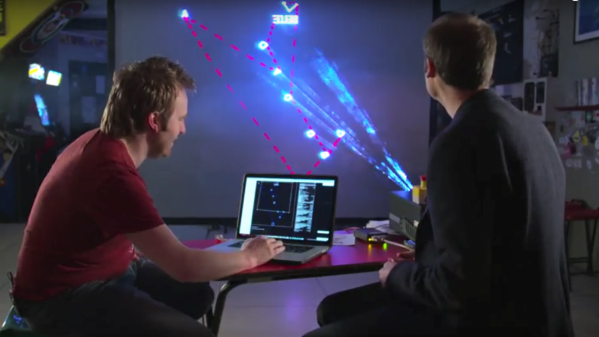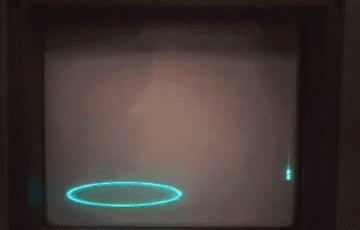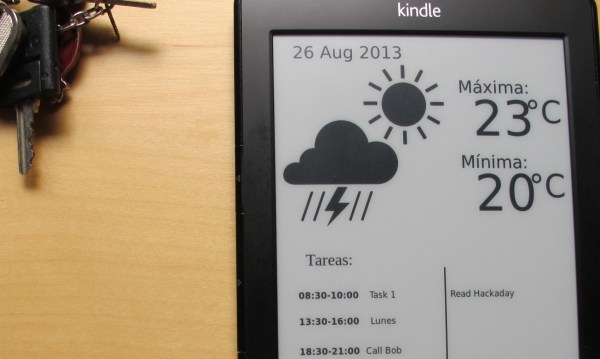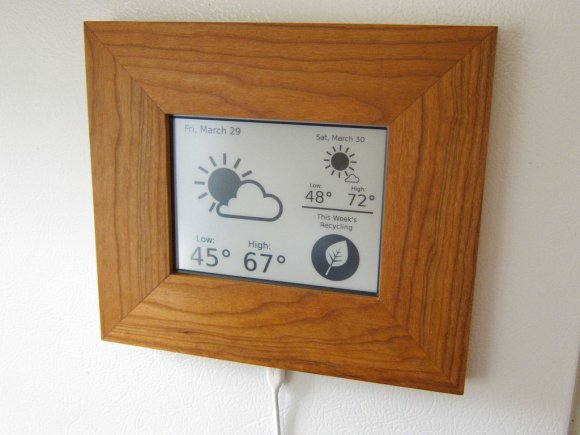For all its simplicity, the arcade classic Asteroids was engaging in the extreme, with the ping of the laser, the rumble of the rocket, the crash of crumbling space rocks, and that crazy warble when the damn flying saucers made an appearance. Atari estimates that the game has earned operators in excess of $500 million since it was released in 1979. That’s two billion quarters, and we’ll guess a fair percentage of those coins came from the pockets of Hackaday’s readers and staff alike.
One iconic part of Asteroids was the vector display. Each item on the field was drawn as a unit by the CRT’s electron beam dancing across the phosphor rather than raster-scanned like TV was at the time. The simple graphics were actually pretty hard to create, and with that in mind, [standupmaths] decided to take a close look at the vector display of Asteroids and try to recreate it using a laser.
To be fair, [Seb Lee-Delisle] does all the heavy lifting here, with [standupmaths] providing context on the history and mathematics of the original vector display. [Seb] is a digital artist by trade, and has at the ready a 4-watt RGB laser projector for light shows and displays. Using the laser as a replacement for the CRT’s electron beam, [Seb] was able to code a reasonably playable vector-graphic version of Asteroids on a large projections screen. Even the audio is faithful to the original. The real treat comes when the laser is slowed and a little smoke added to show us how each item is traced out in order.
All [Seb]’s code is posted on GitHub, so if you have a laser projector handy, by all means go for it. Or just whip up a custom vector display for your own tabletop version of Asteroids.
Continue reading “Light Replaces Electrons For Giant Vector-Graphics Asteroids Game”

















